Suppose you've recently entered the captivating world of tongue drums and kalimbas. You might have noticed that much of their sheet music is written in numbers rather than conventional music notation. The numbered musical notation system, or Jian Pu, can appear confusing (with all the dots and lines). However, it's actually a very smart and easy-to-learn system.
This blog post will guide you through the basics of reading numbered musical notation, making your musical journey smoother and more enjoyable. Learning the numeric language of music will enable you to discover a wide range of songs to play on instruments like the tongue drum, kalimba, lyre harp, and even the ocarina. This will enhance your overall musical experience. So let's dive right in!
Understanding Jianpu: A Diatonic Scale's Best Friend
At the heart of numbered musical notation lies the diatonic scale. In Jian pu, the numbers 1 through 7 represent the seven notes of this scale. If your tongue drum is tuned to C-major, you'll find that 1 denotes C, 2 denotes D, 3 denotes E, and so forth up to 7, which represents B. Of course, if your tongue drum is tuned to a different key, you would adjust these associations accordingly (i.e. For D major, 1 is D, 2 is E, 3 is F#, 4 is G etc.)
Sounds confusing already? Don't worry 😆 you don't need to understand the system to use it. Most tongue drums and kalimba we sell have engraved notes or number stickers on the tines. You only need to find the corresponding numbers on your instrument.
Mastering Rhythm: The Art of Timing
The duration of notes, or the rhythm, is expressed using lines or dashes following the numbers. For instance, a number with a single dash, say 1-, stands for a half note that should be played for two beats in a 4/4 time. A number with two dashes (1--) signifies a quarter note played for a single beat, while a number without any dashes represents a whole note played for four beats.
Navigating Octaves: Scaling Musical Heights and Depths
Playing the right octave is critical when interpreting music; in Jian pu, dots help you do just that. A dot above a number (highlighted in yellow) requires you to play that note one octave higher, while a dot below (highlighted in blue) asks for a lower octave rendition. On your tongue drum, this often translates to striking a larger (dot below) or smaller (dot above) tongue tuned to the same note.

Other notations you might need to know

Double-lined with a big bracket (highlighted in red) means playing the two lines together at the same time. When the 2 numbers are on top of each other, you play those 2 numbers together (highlighted in blue).
Number 0 & faded numbers (marked with red arrows) 0 means rest, so you don't need to do anything for 0. Similar to faded numbers, you don't need to play them on kalimba or tongue drums.
Practical Tips: Making Jianpu Work for You
While the rules of Jian Pu may seem complex at first glance, there are ways to make the learning process easier and more enjoyable:
Listen to the Melody Start by finding a recording of the song and listening to it repeatedly. This process will familiarize you with the melody and rhythm, helping you interpret the sheet music more intuitively.
Learn the Rhythm by Heart Once you've internalized the melody, learn the rhythm by heart. This step reduces your reliance on notation for timing, making your performance more natural and fluid.
Only use Jian pu as a Guide With the melody and rhythm in your mind, treat the numbered notation as a guide that shows you which note to play next. This approach helps you focus on the joy of playing music rather than getting bogged down in the intricacies of notation.
🎶 Remember, reading and playing music is a skill that takes time to develop. Be patient with yourself, enjoy the process, and keep practising! Soon, you'll find that Numbered music notation becomes second nature, and the beautiful sounds of the tongue drum or kalimba music will be at your fingertips.
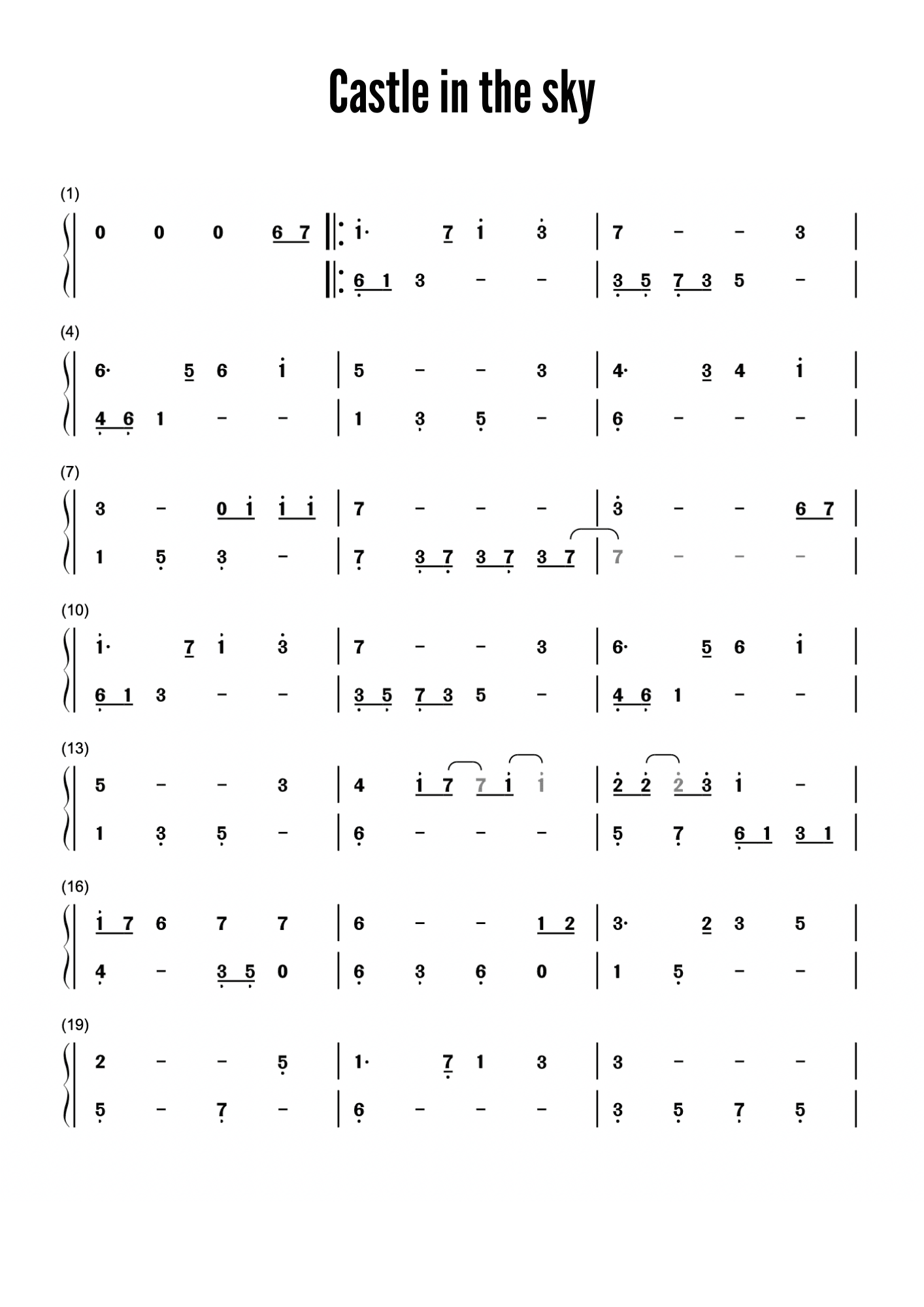
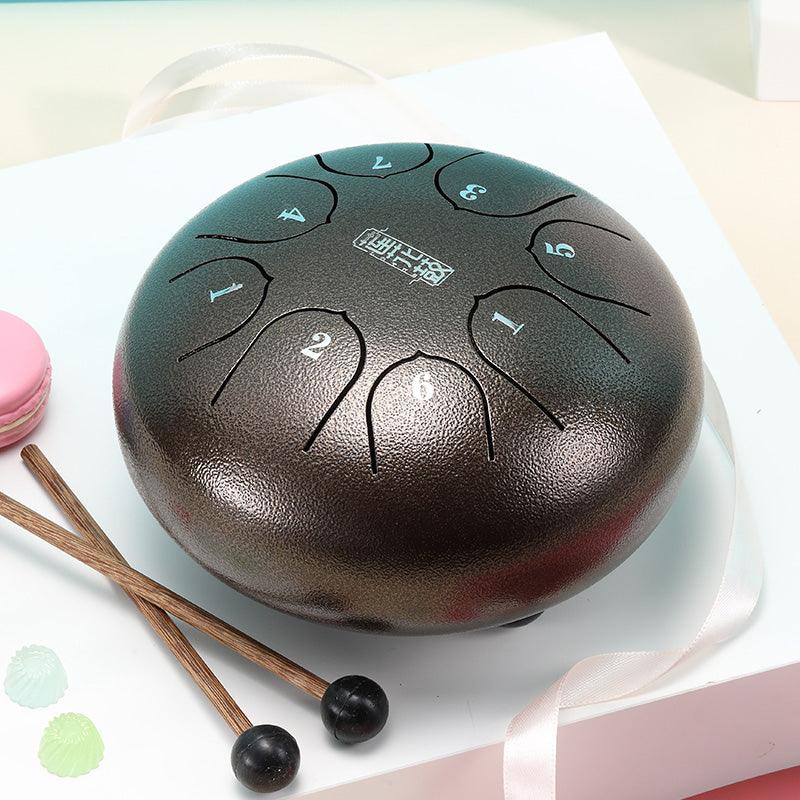
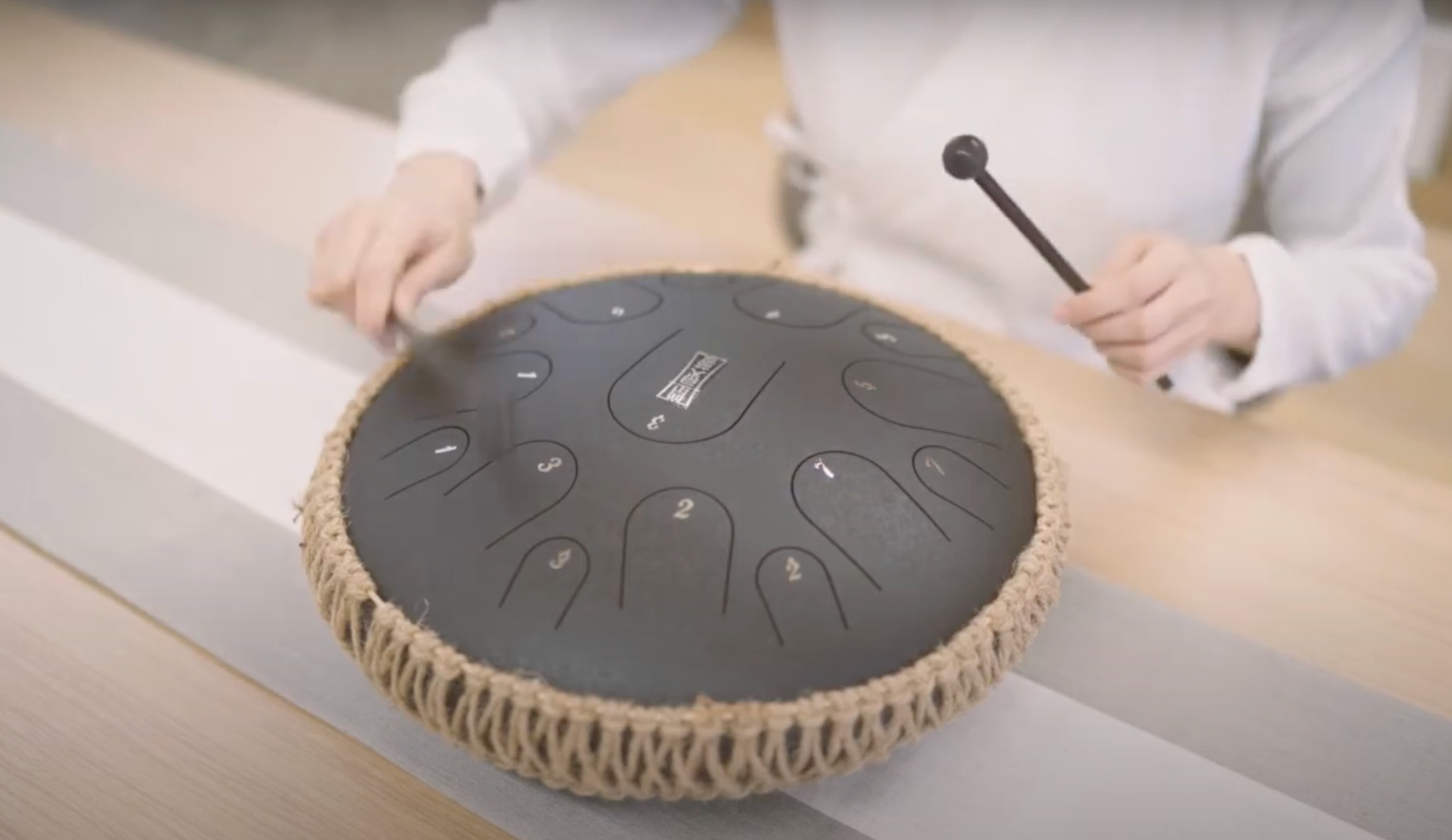






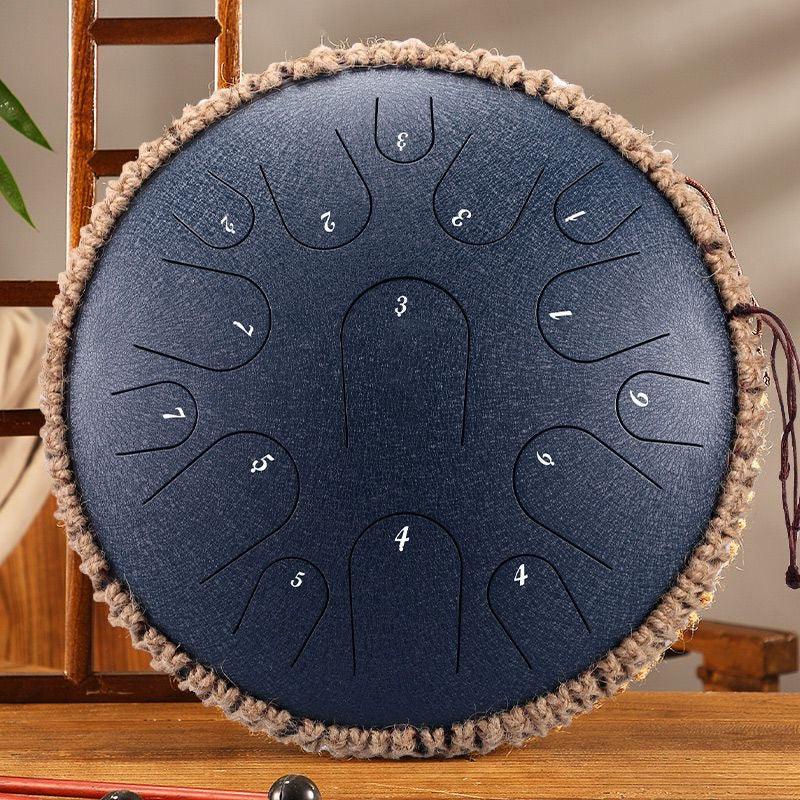
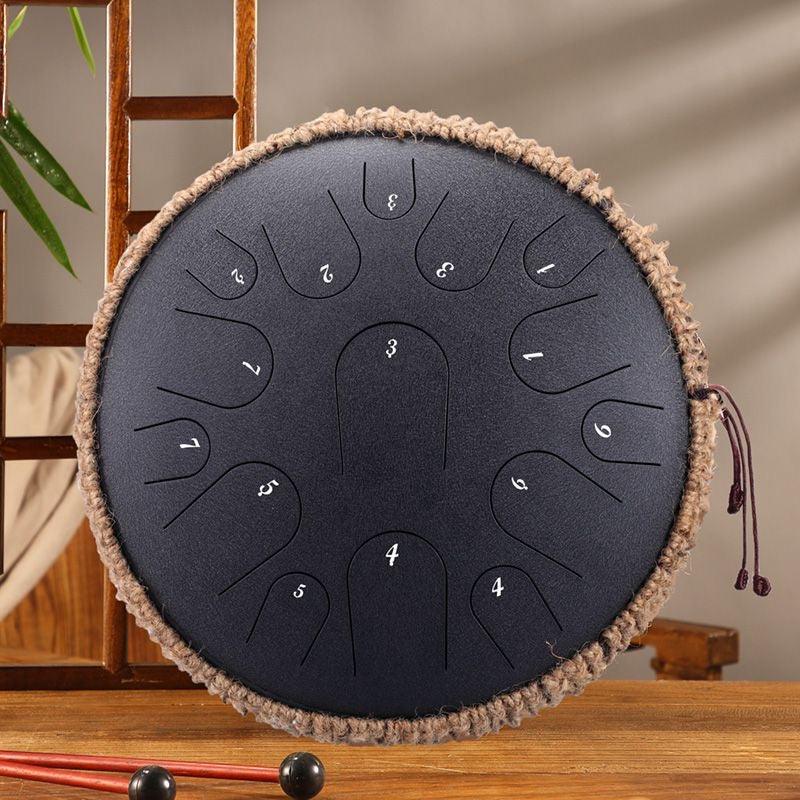


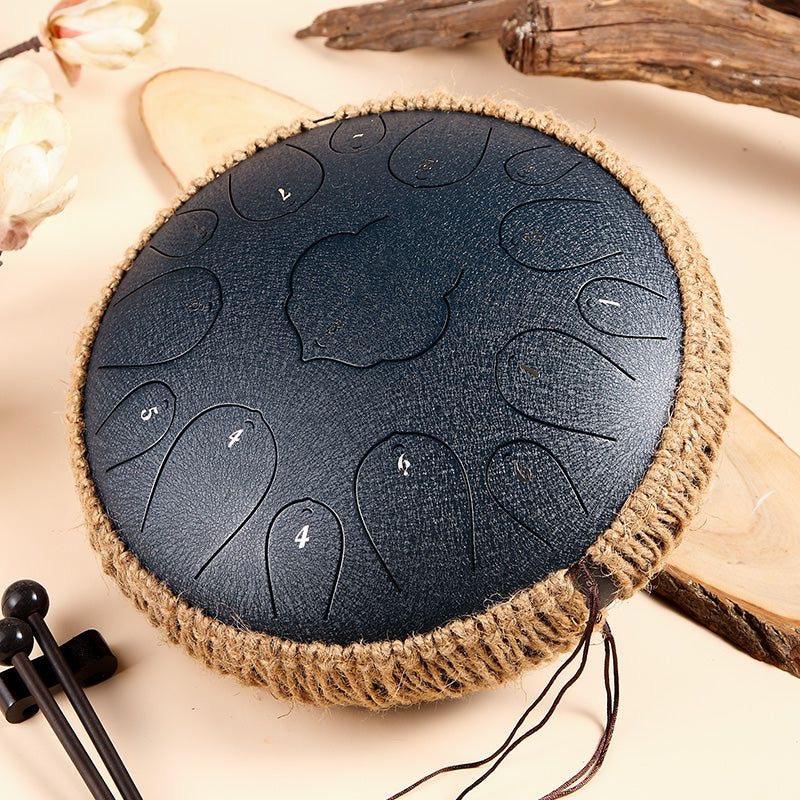


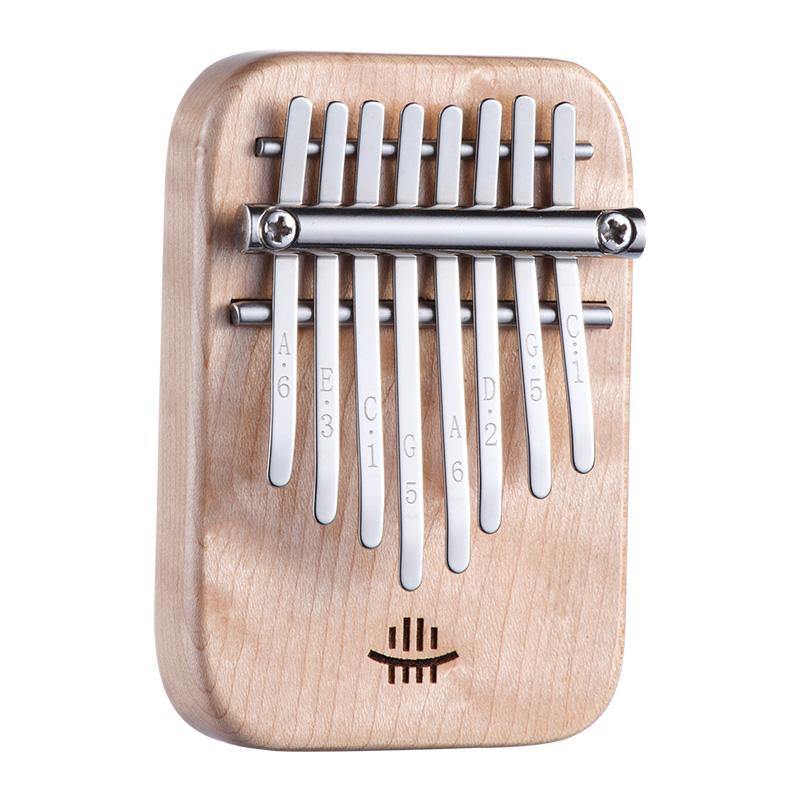

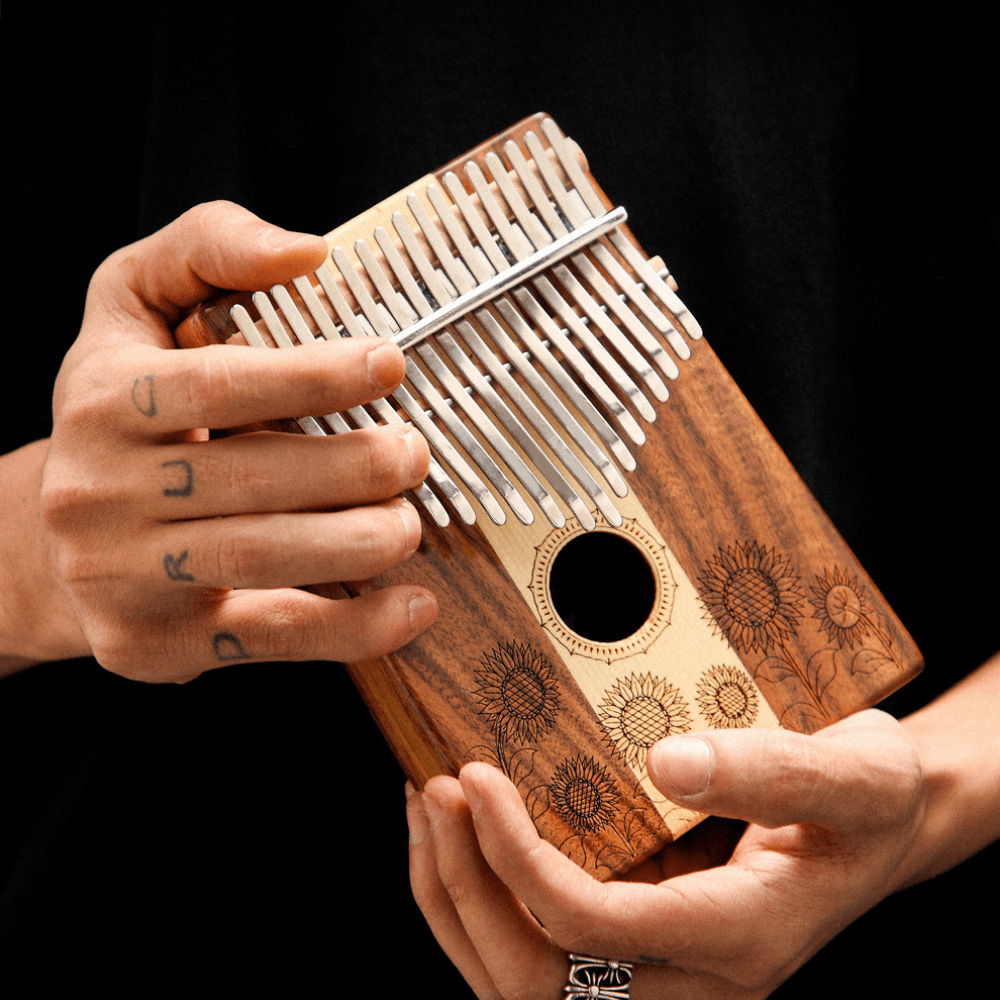
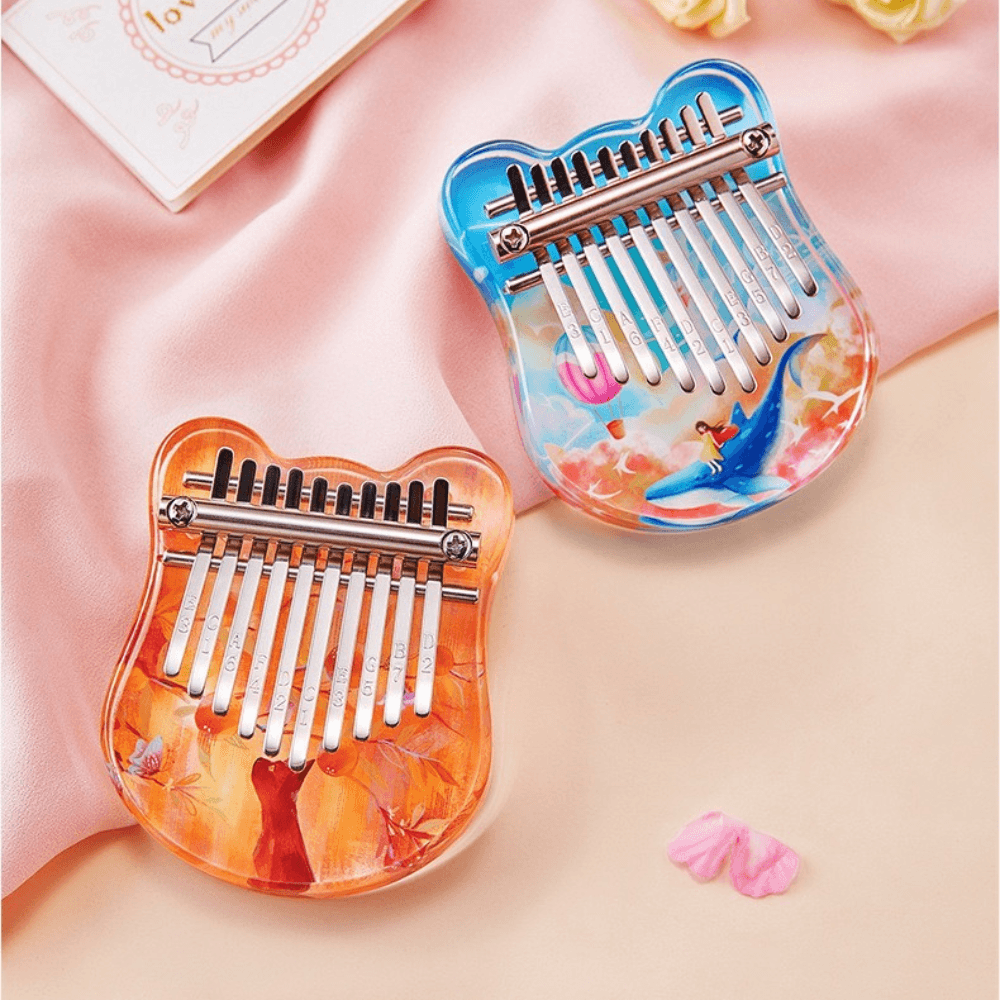

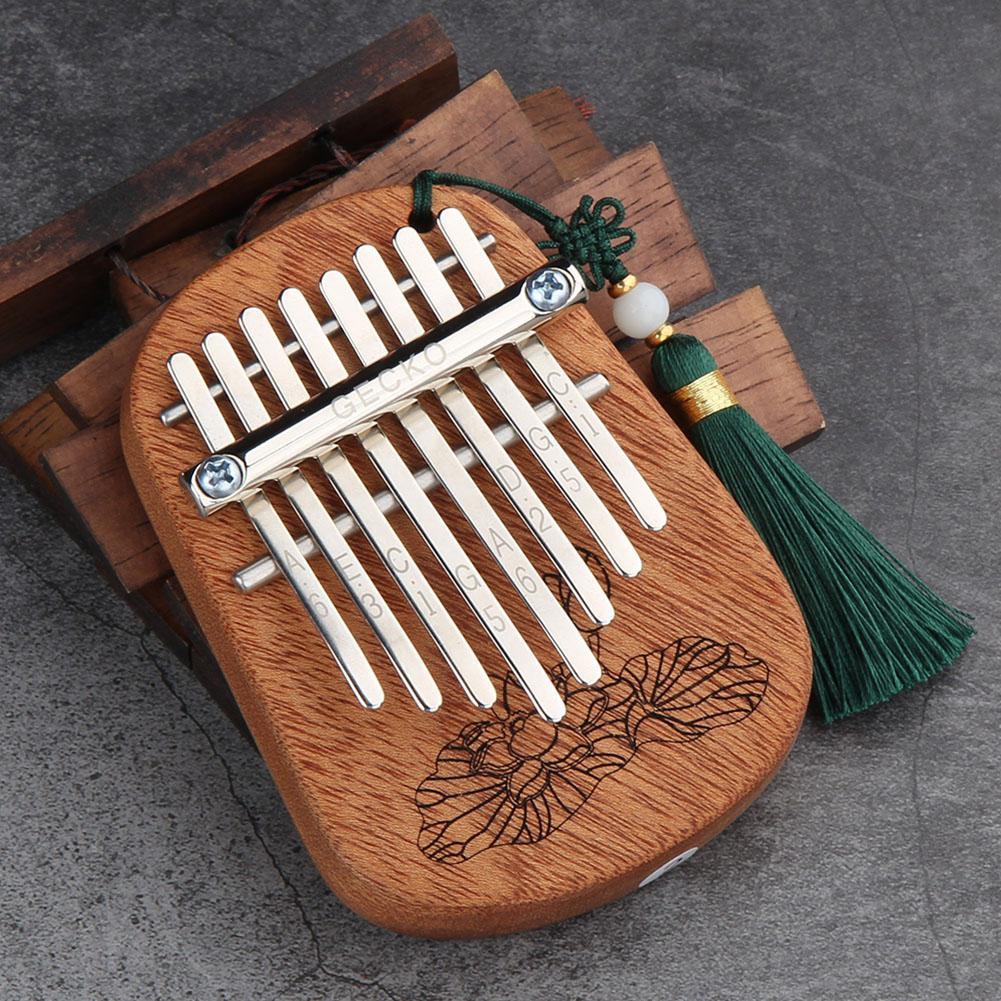
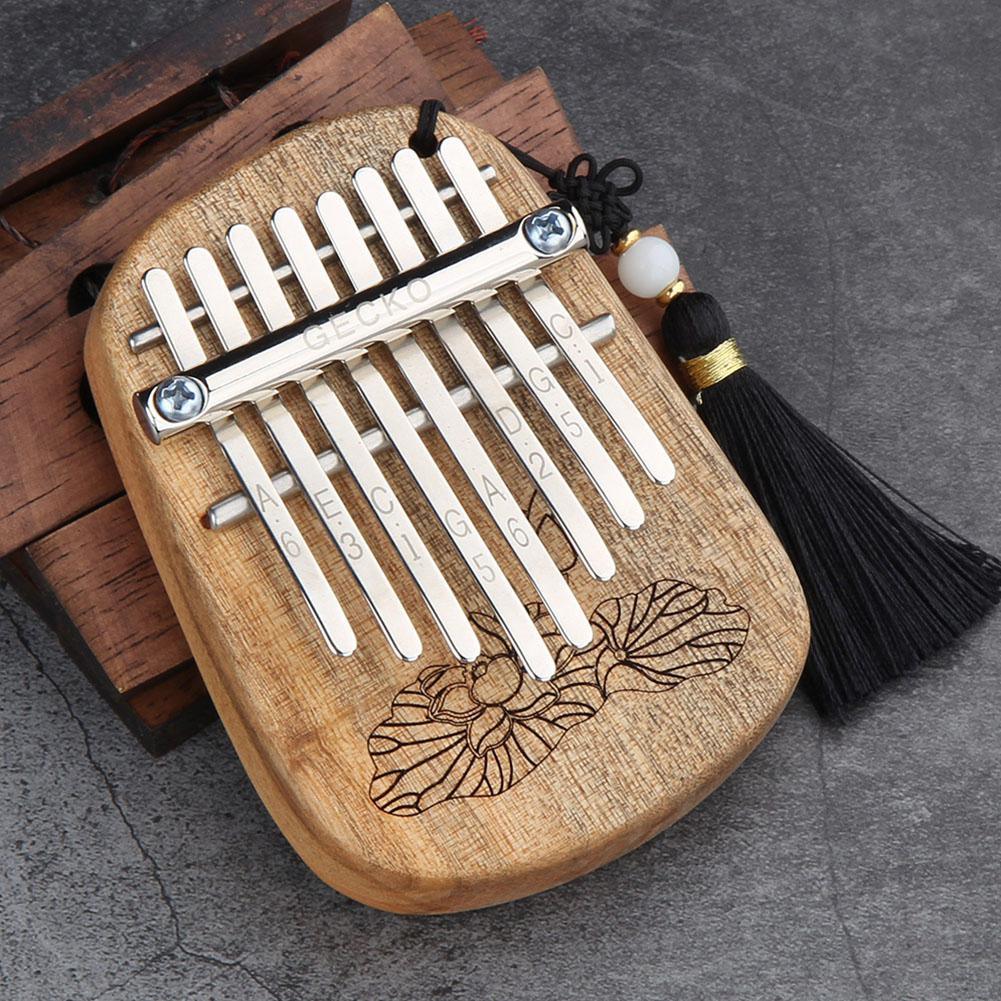
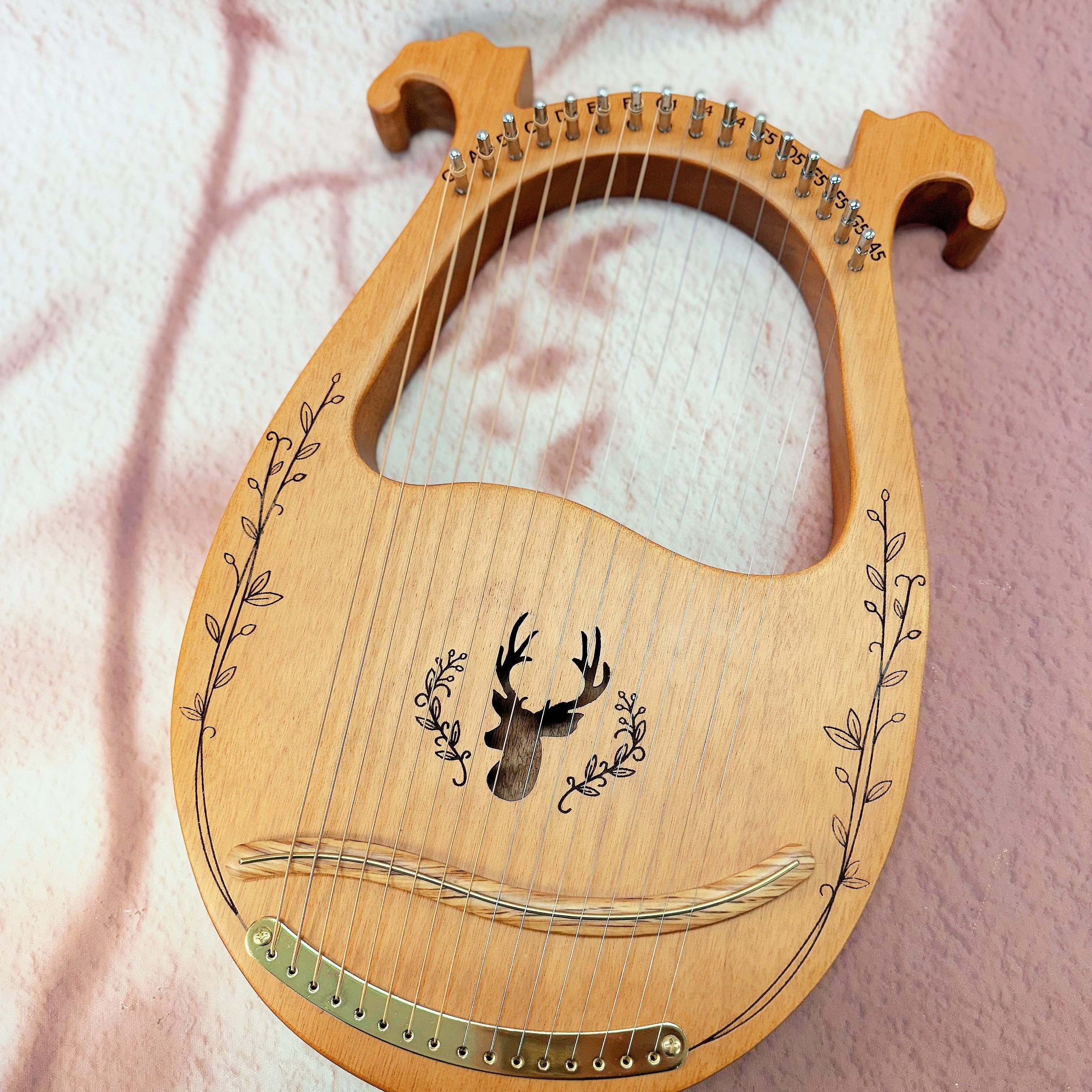


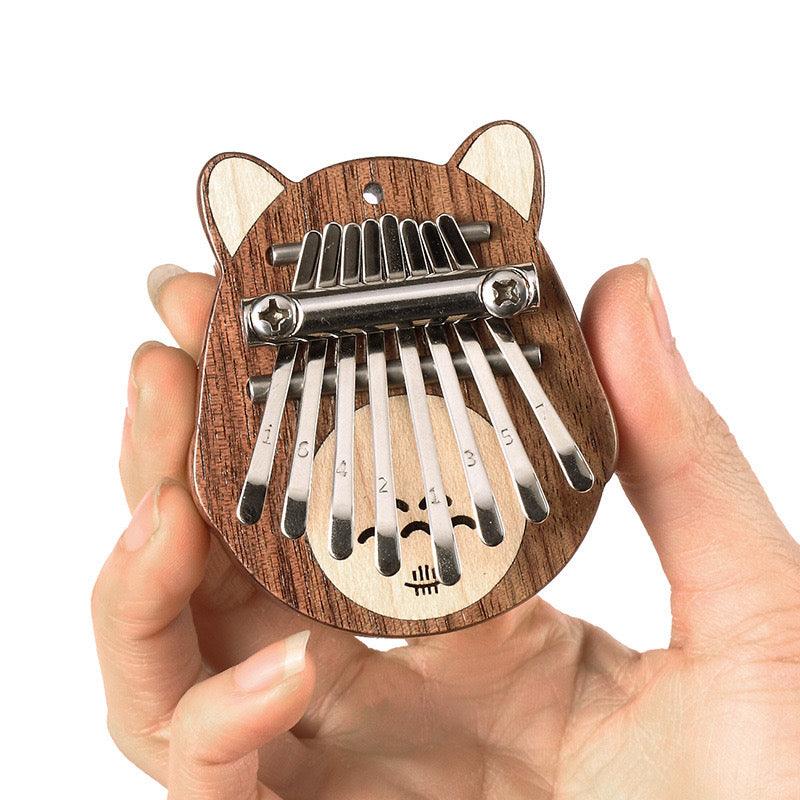
8 comments
Yasmine
What do the underlined numbers mean
Brenda bakker
Is it possible to get some free music for 11 note tongue drum?
Helen Sandefur
Thank you.
Helen Sandefur
I love my drum. I’m excited to get started. Thank you.🙏
John
Great instructions will let you know how I’m doing just started
Leave a comment
All comments are moderated before being published.
This site is protected by hCaptcha and the hCaptcha Privacy Policy and Terms of Service apply.